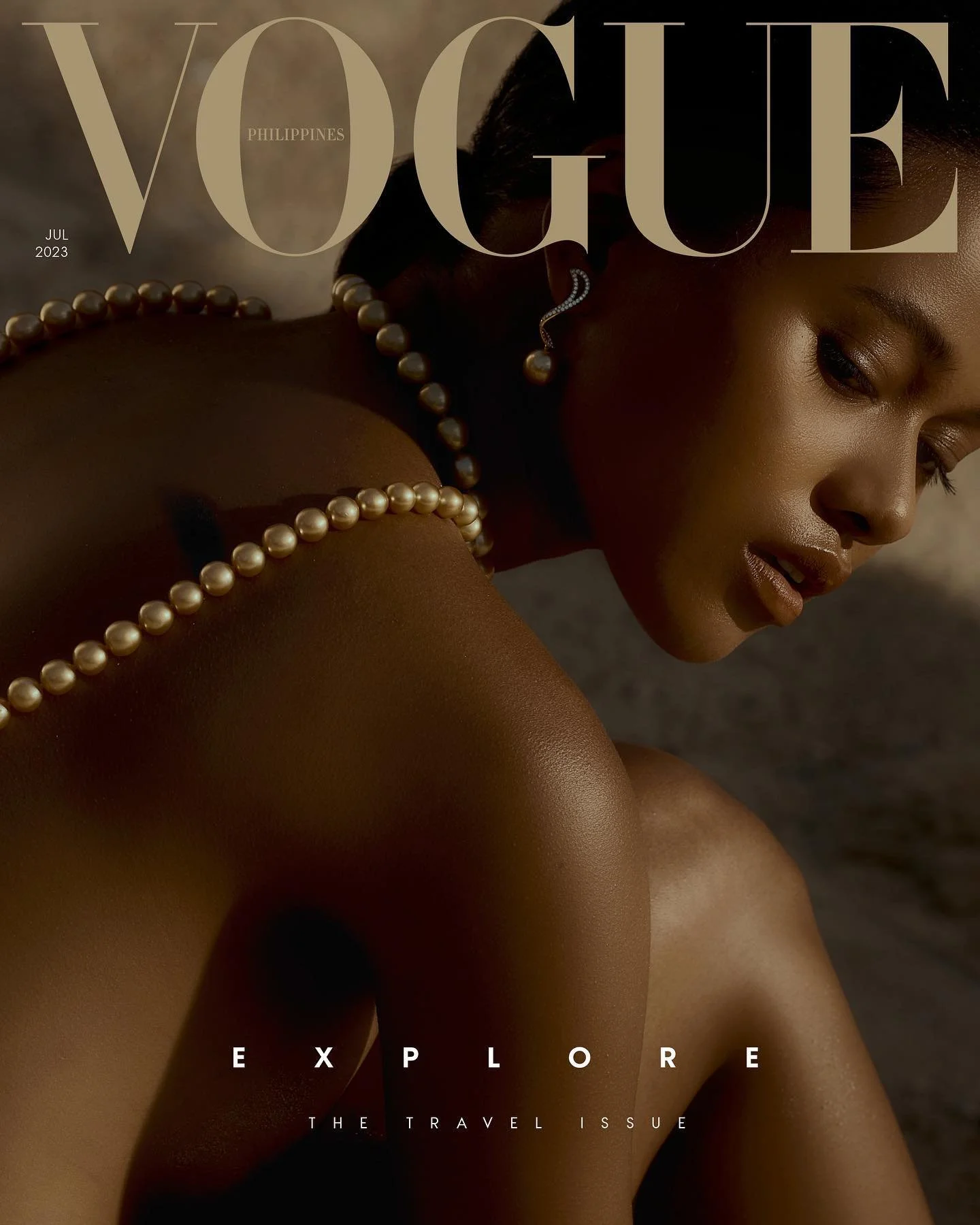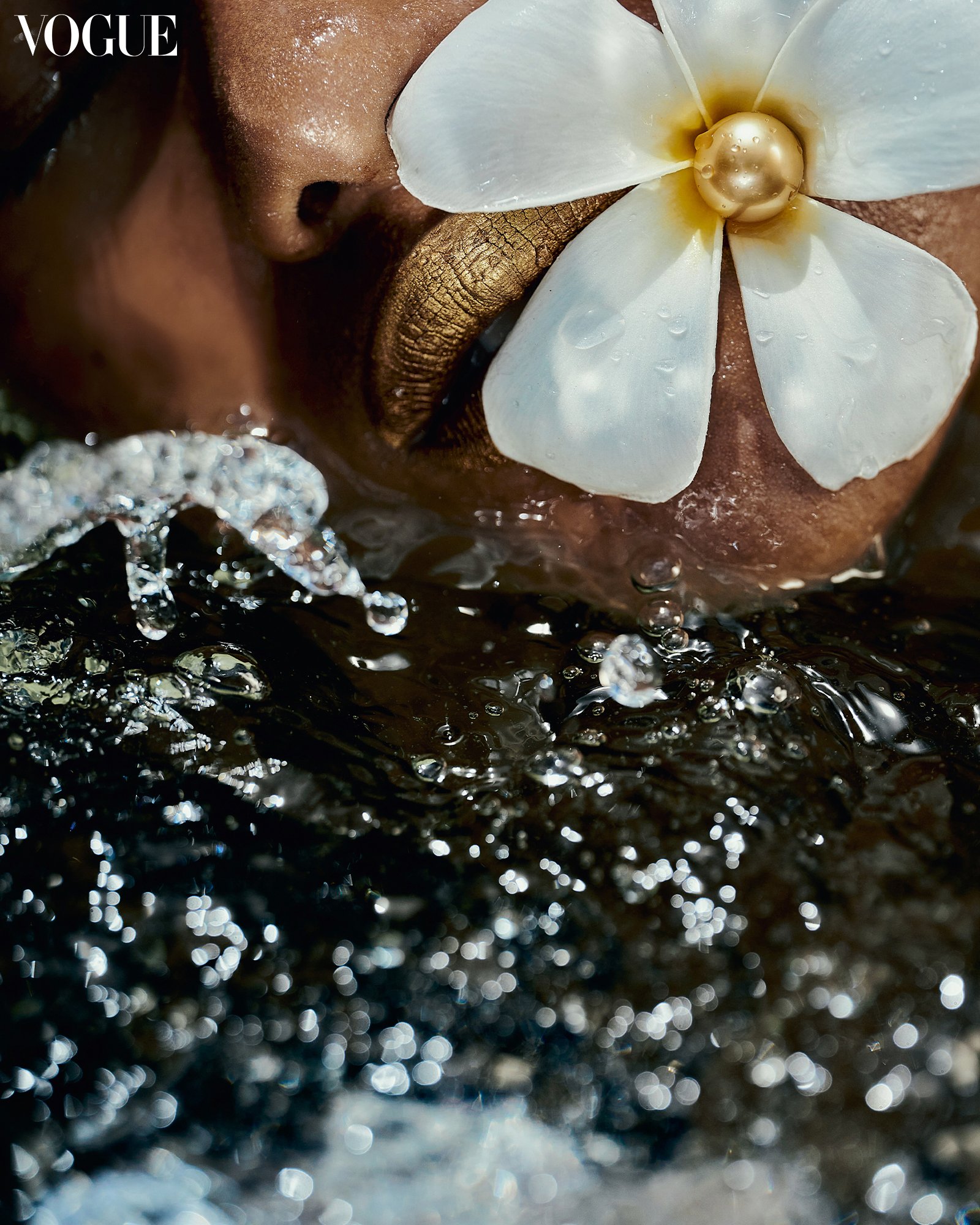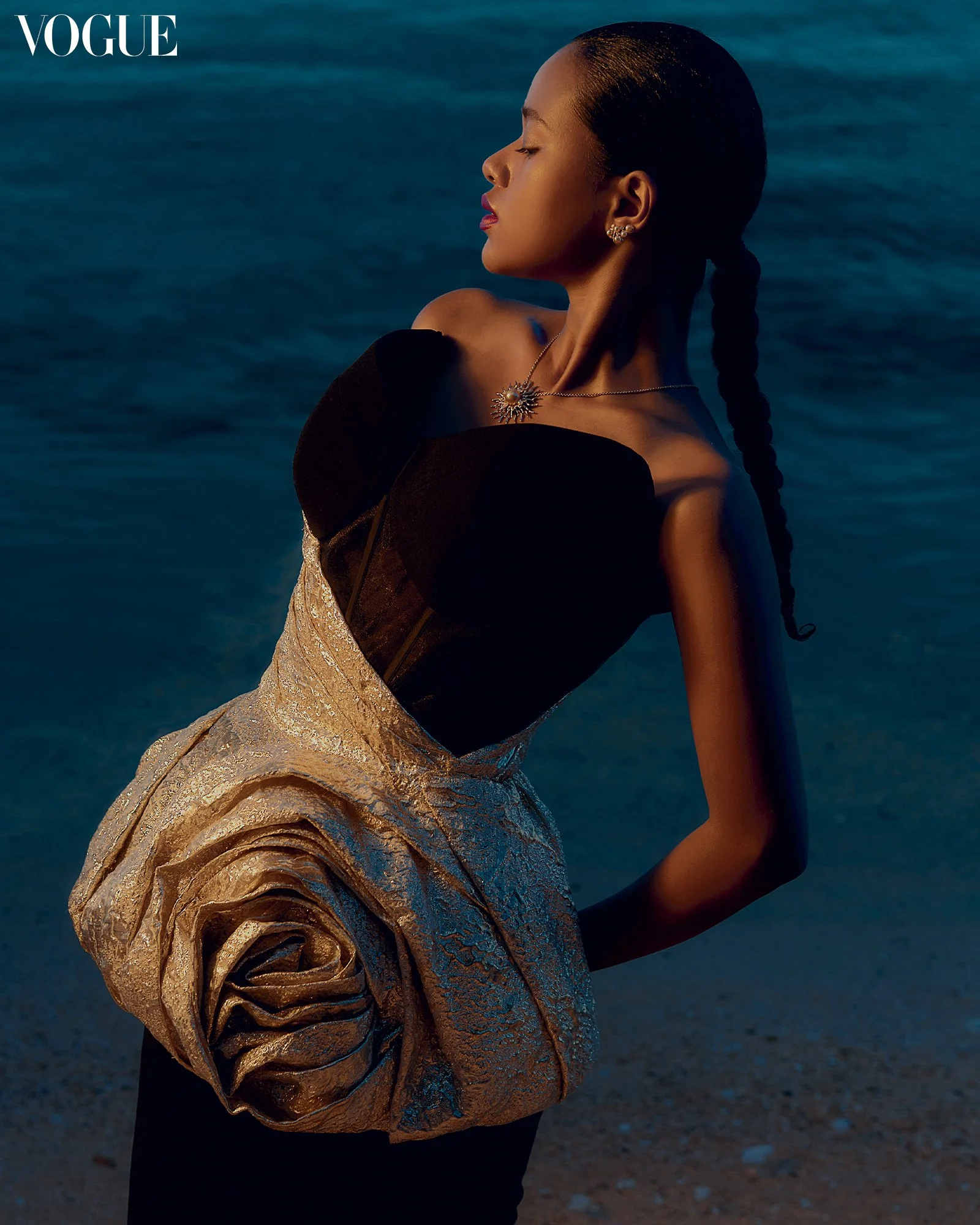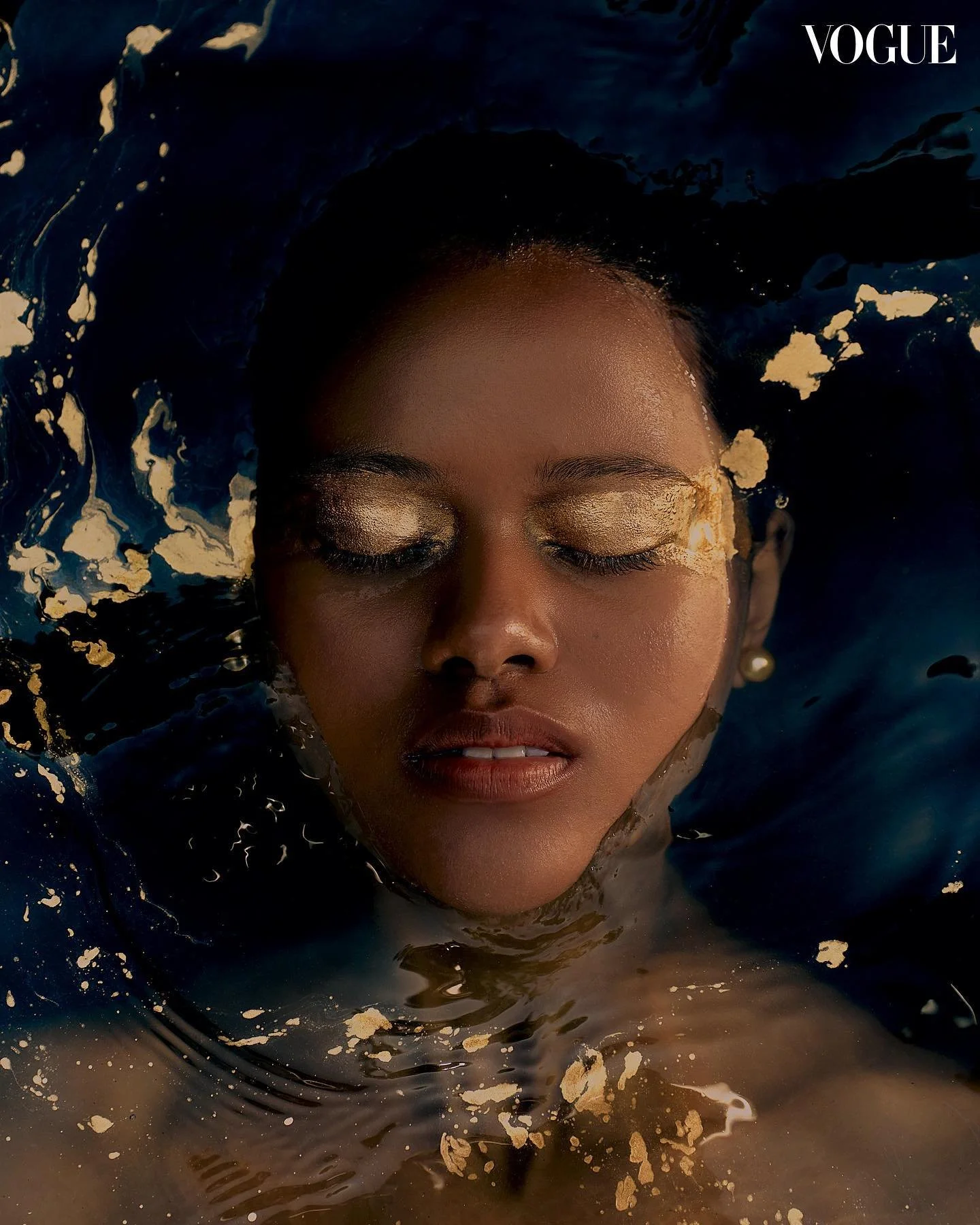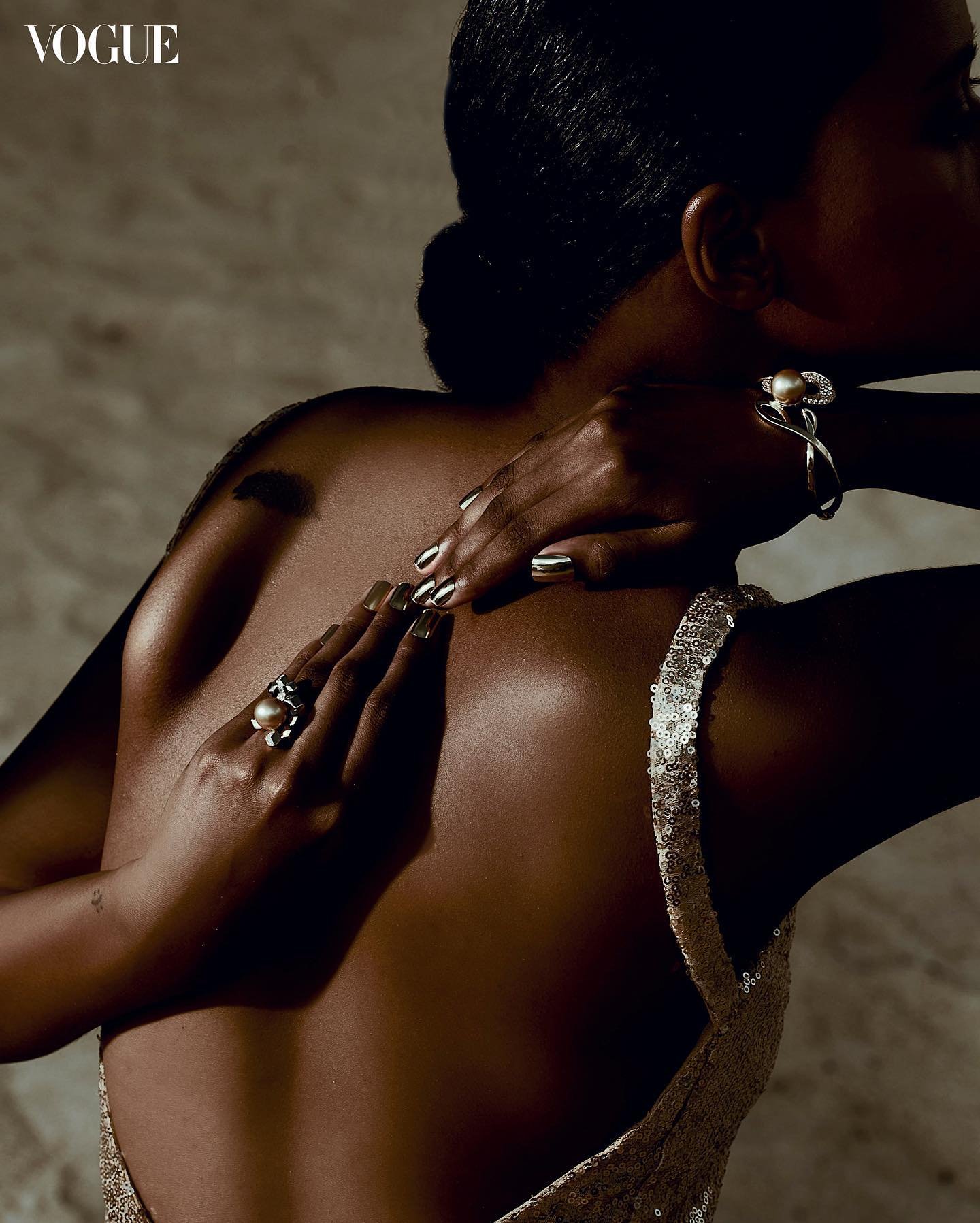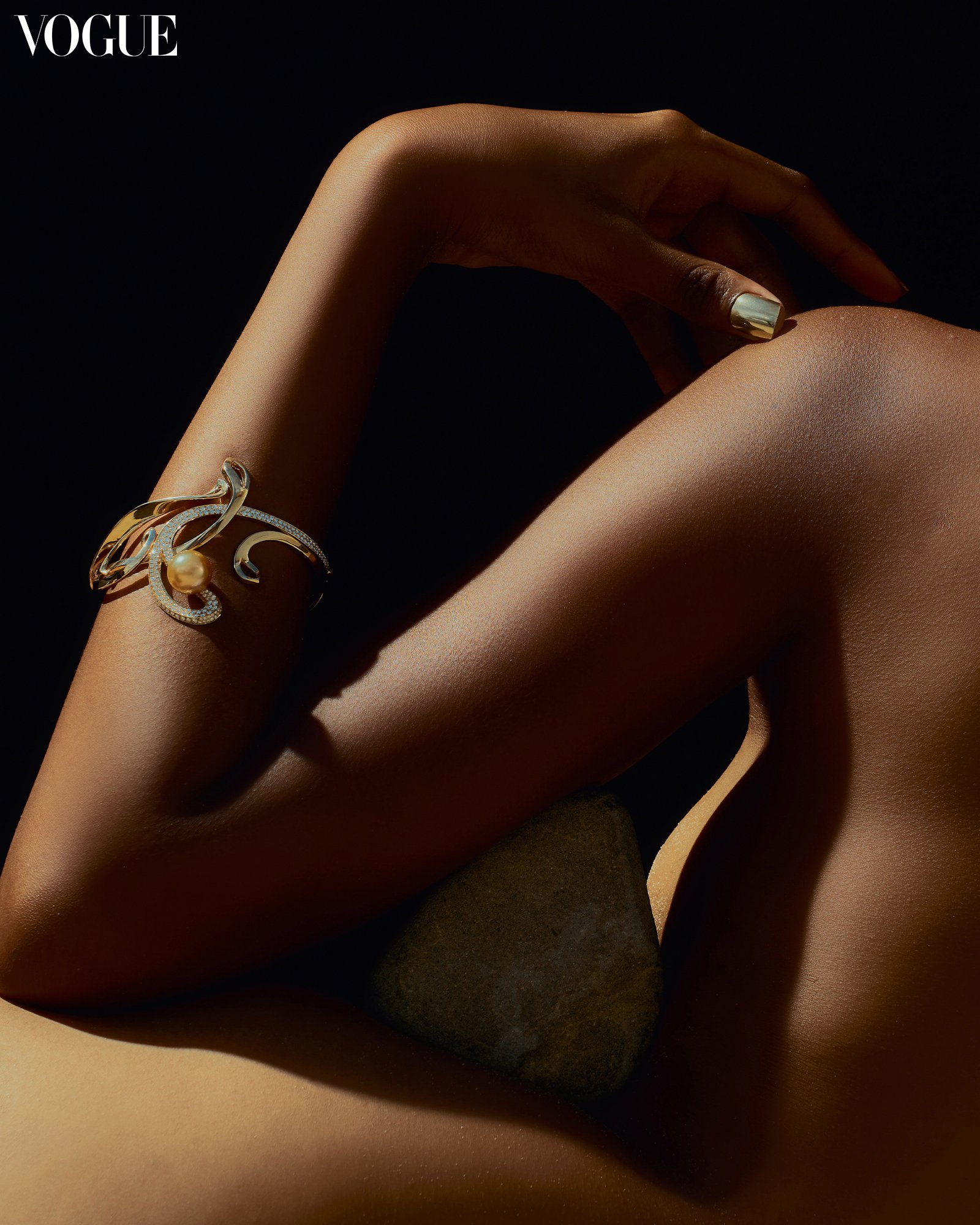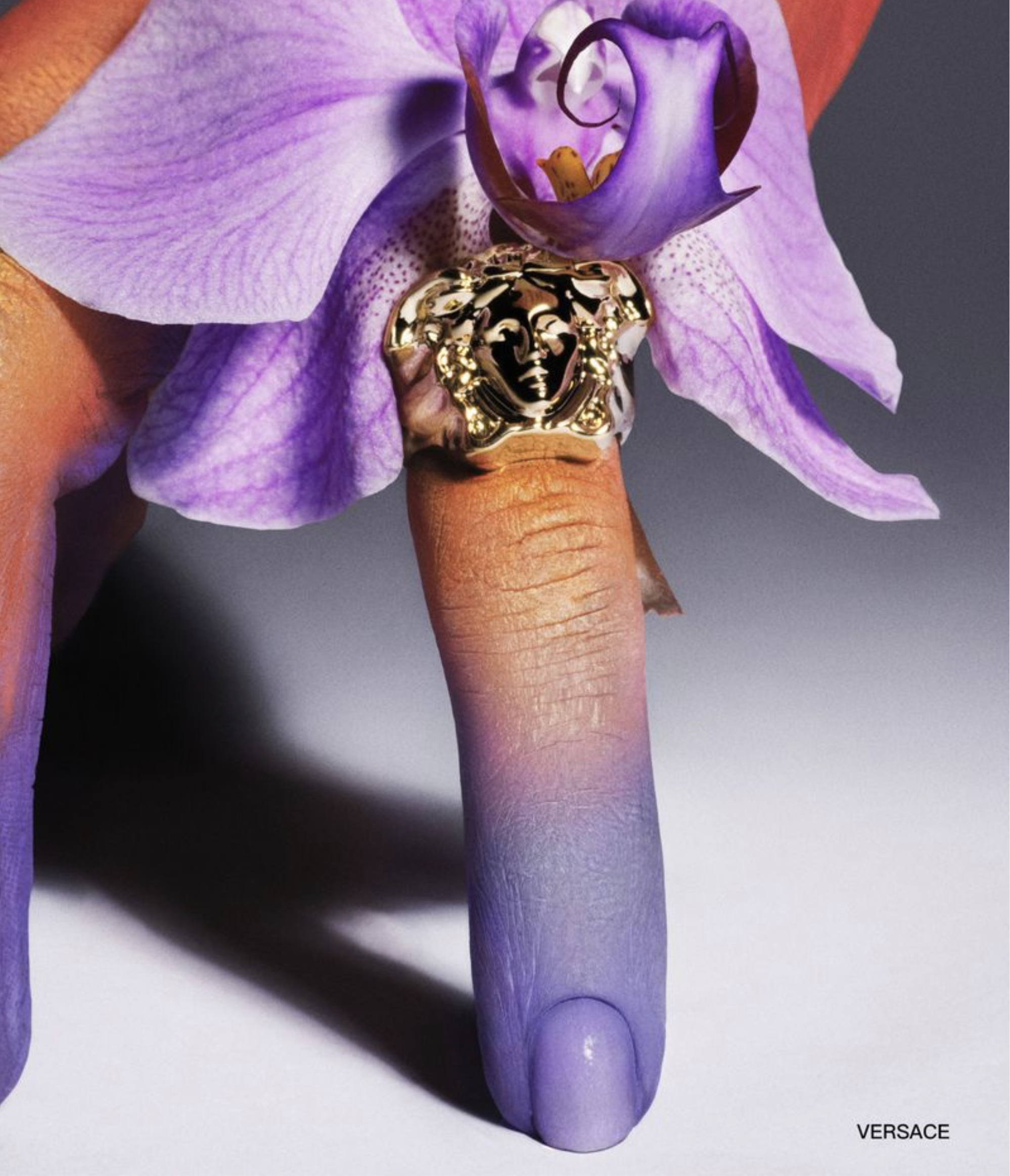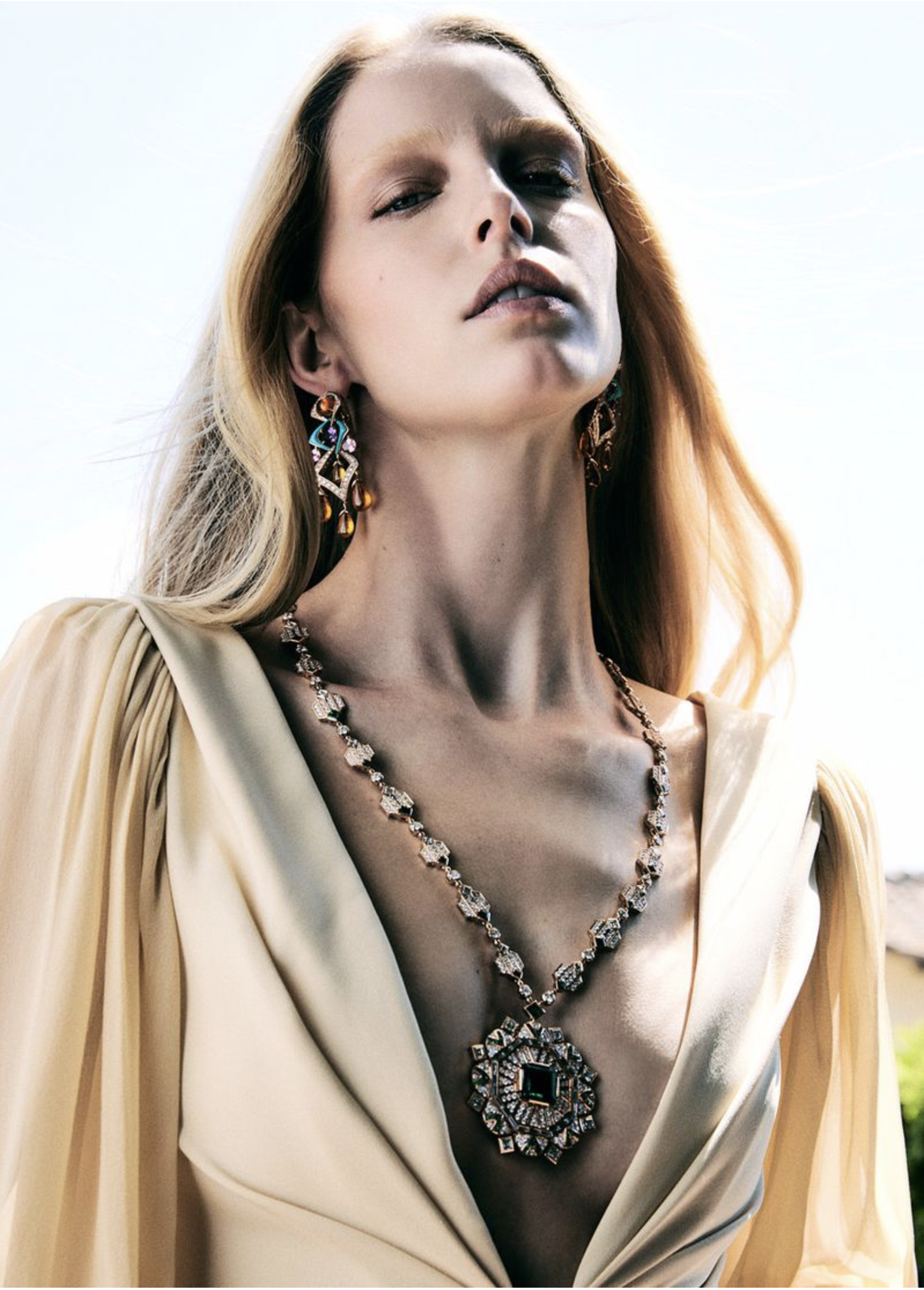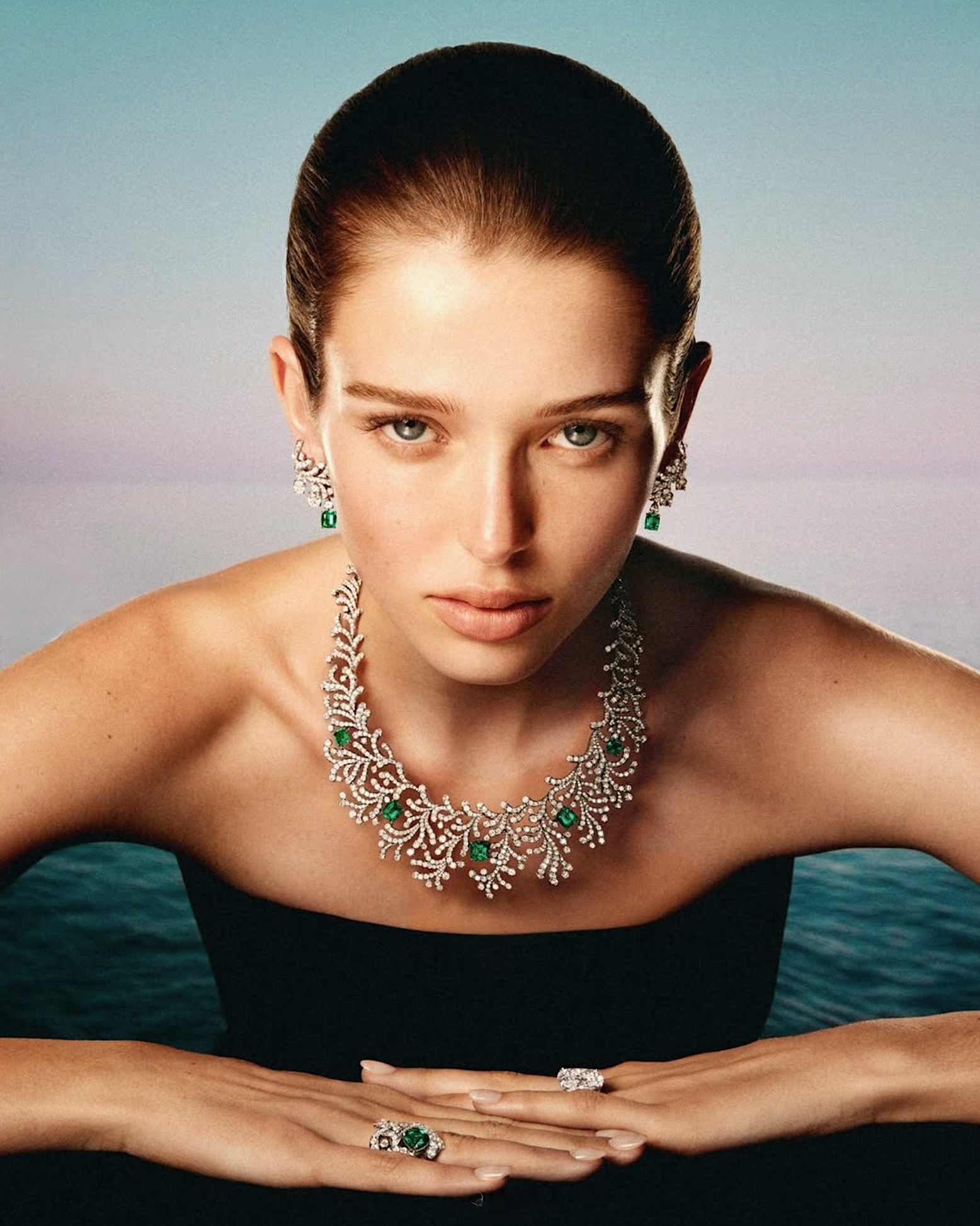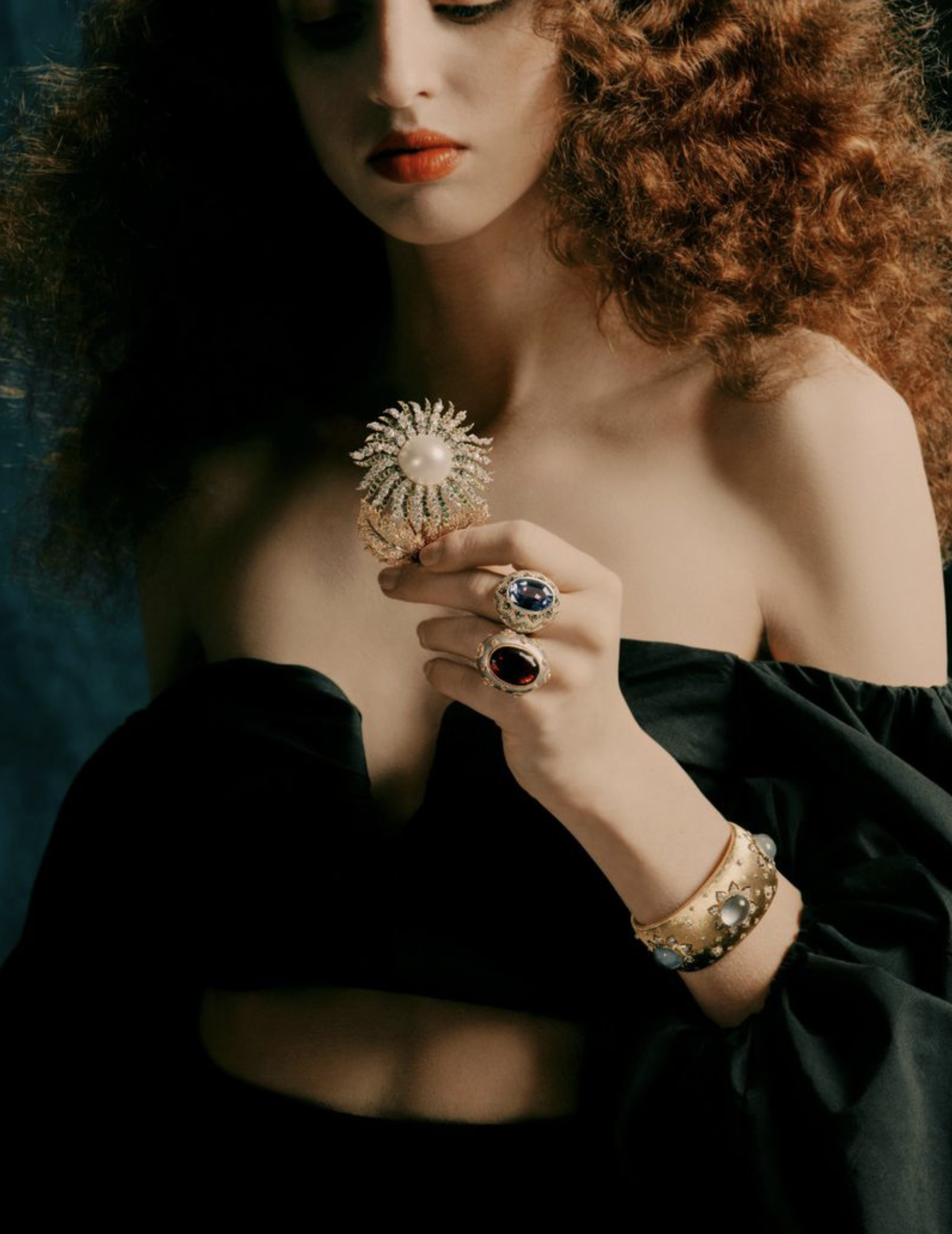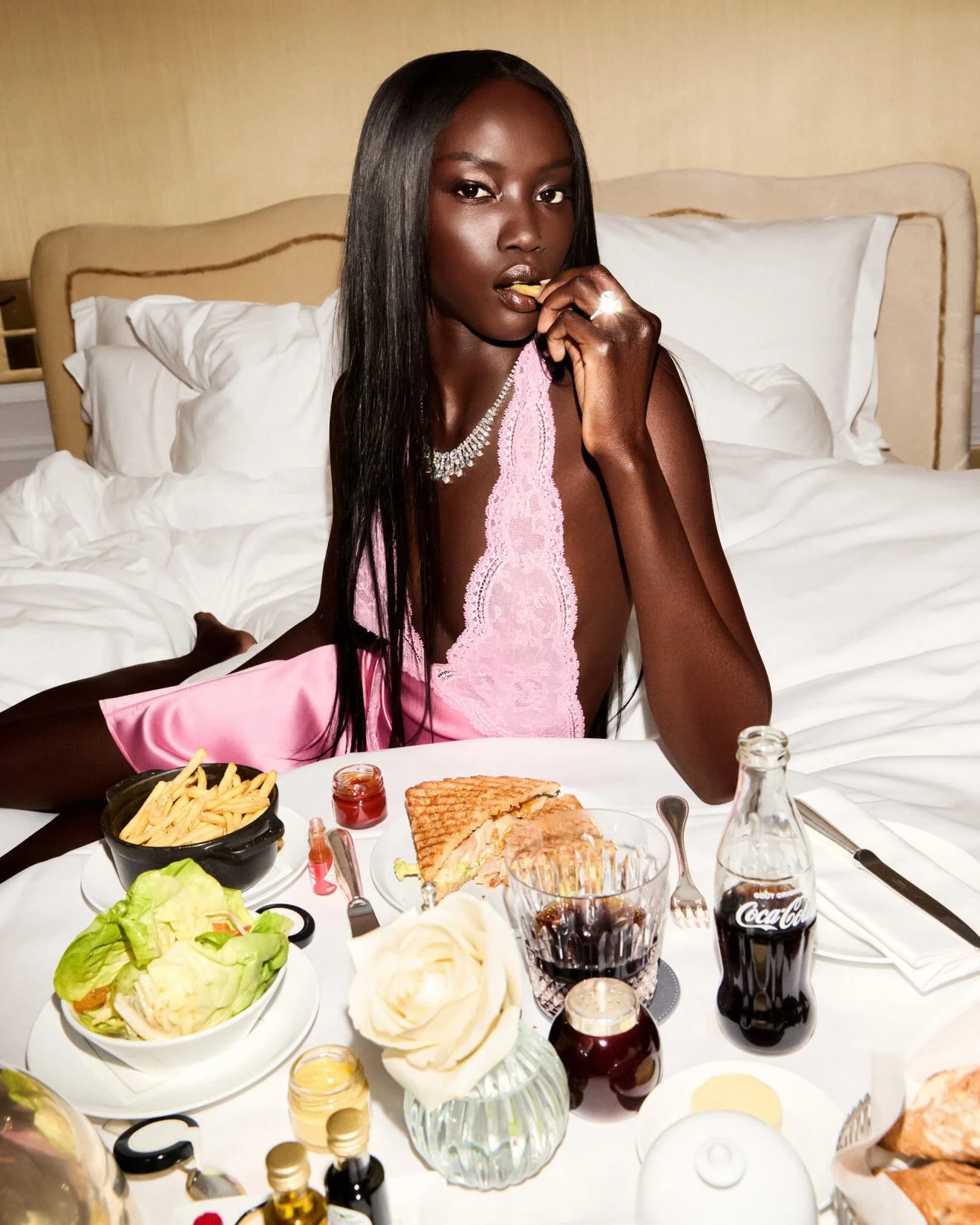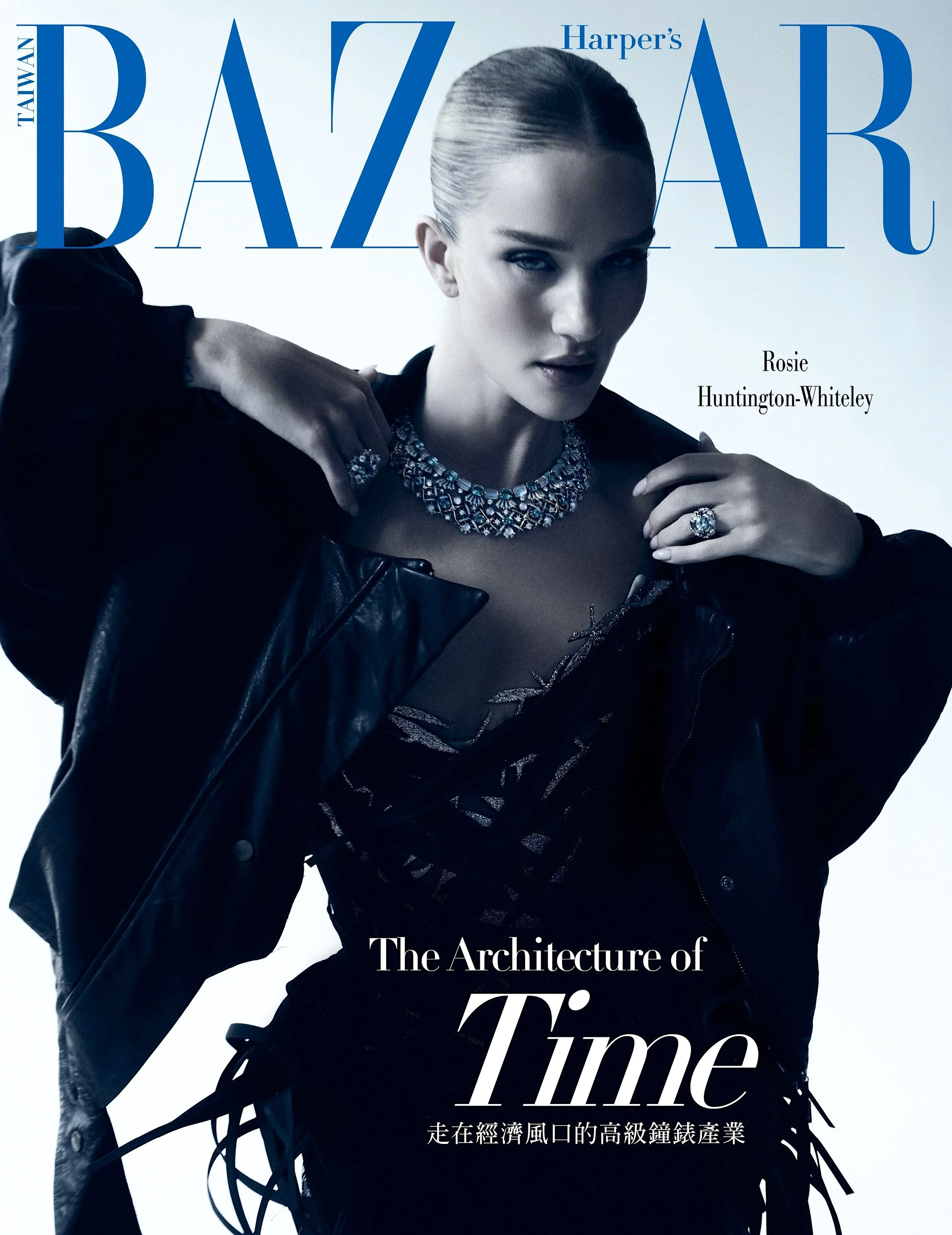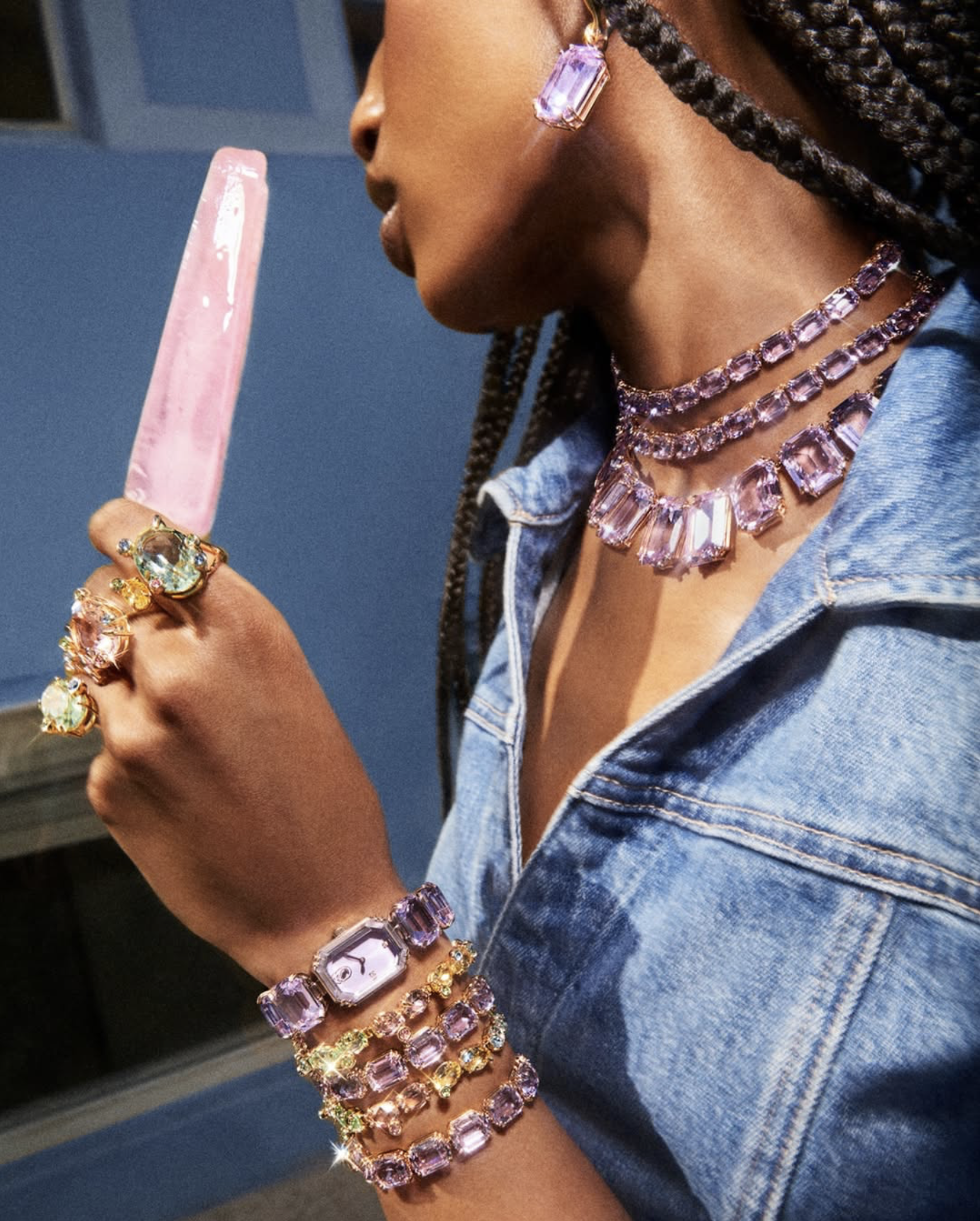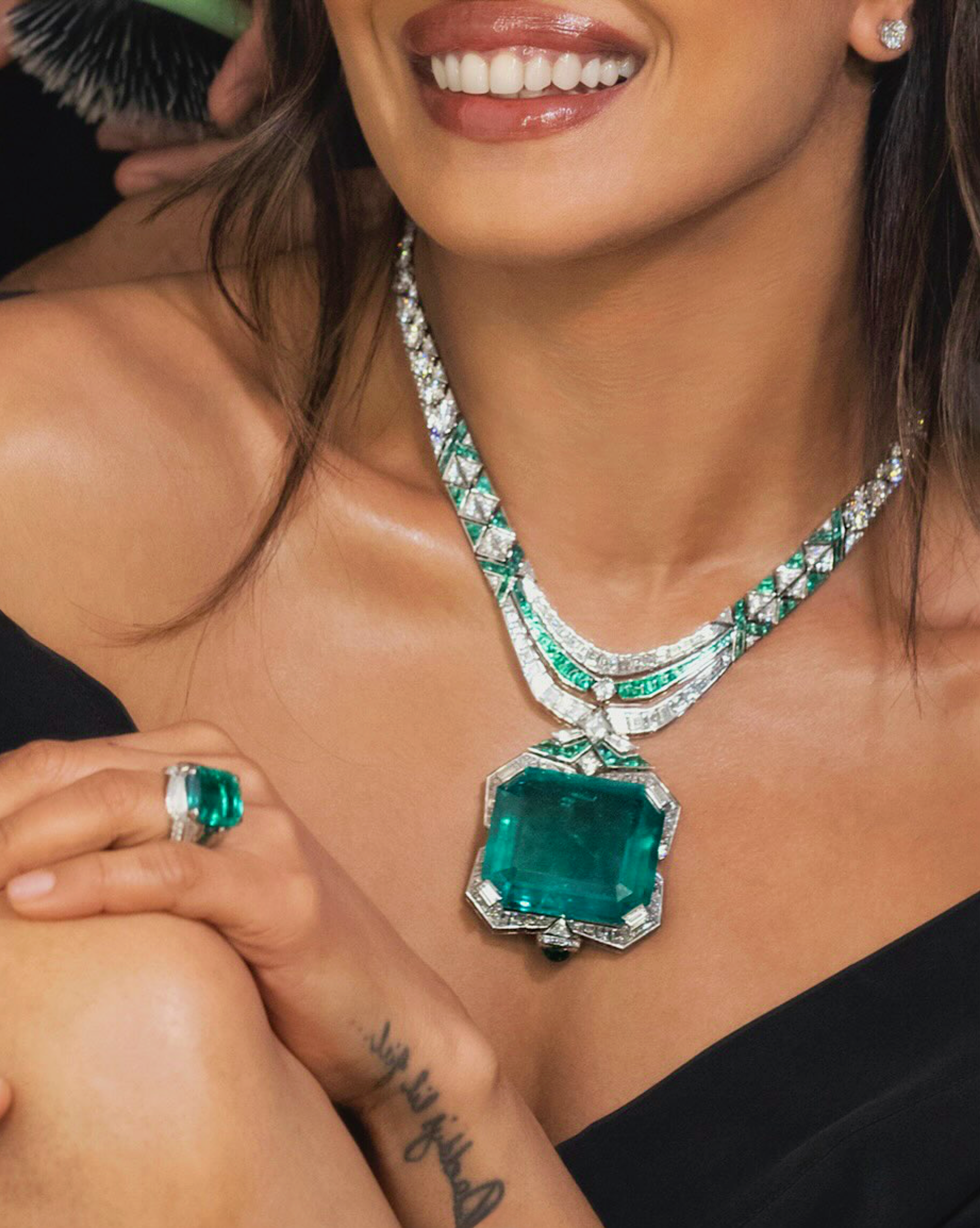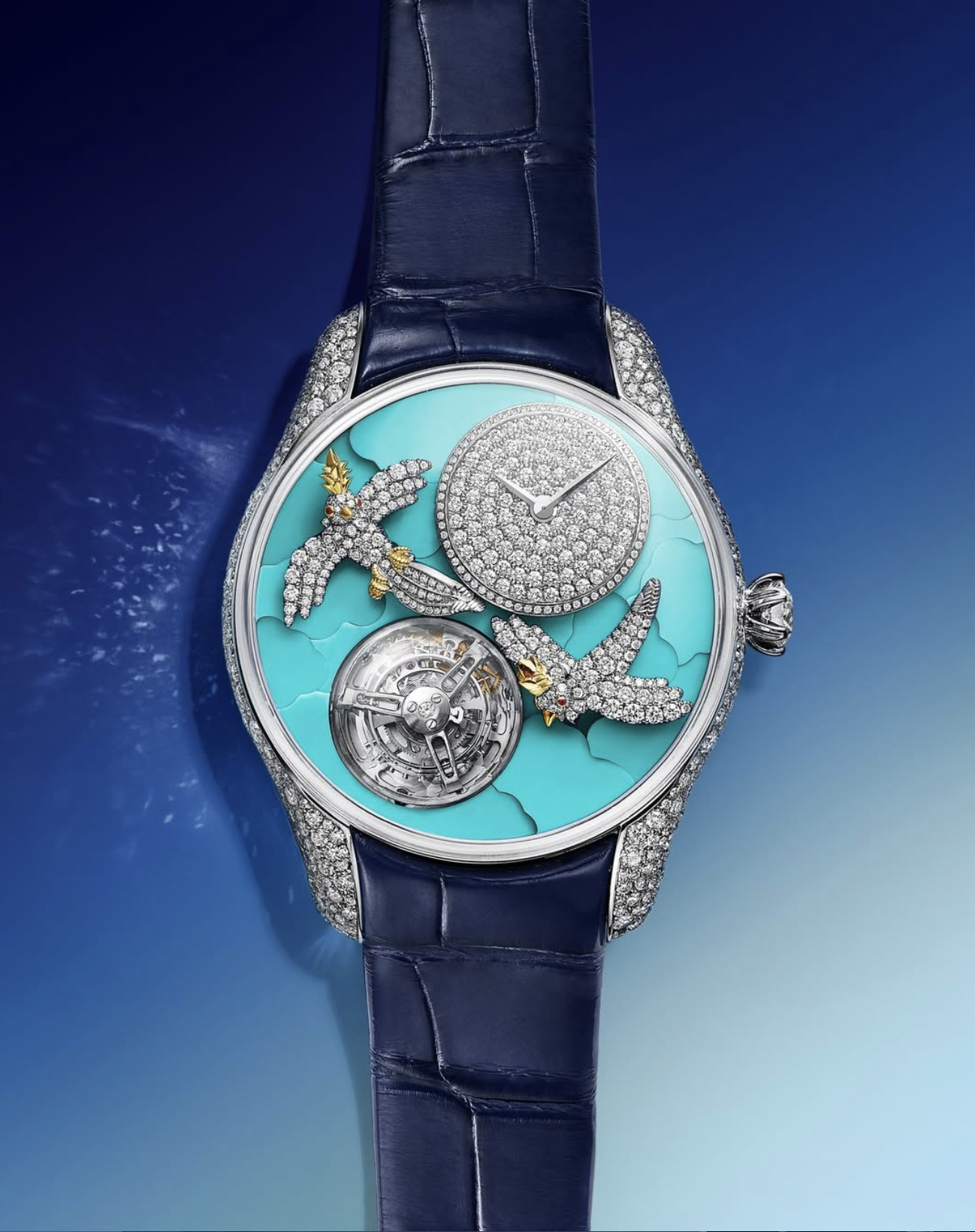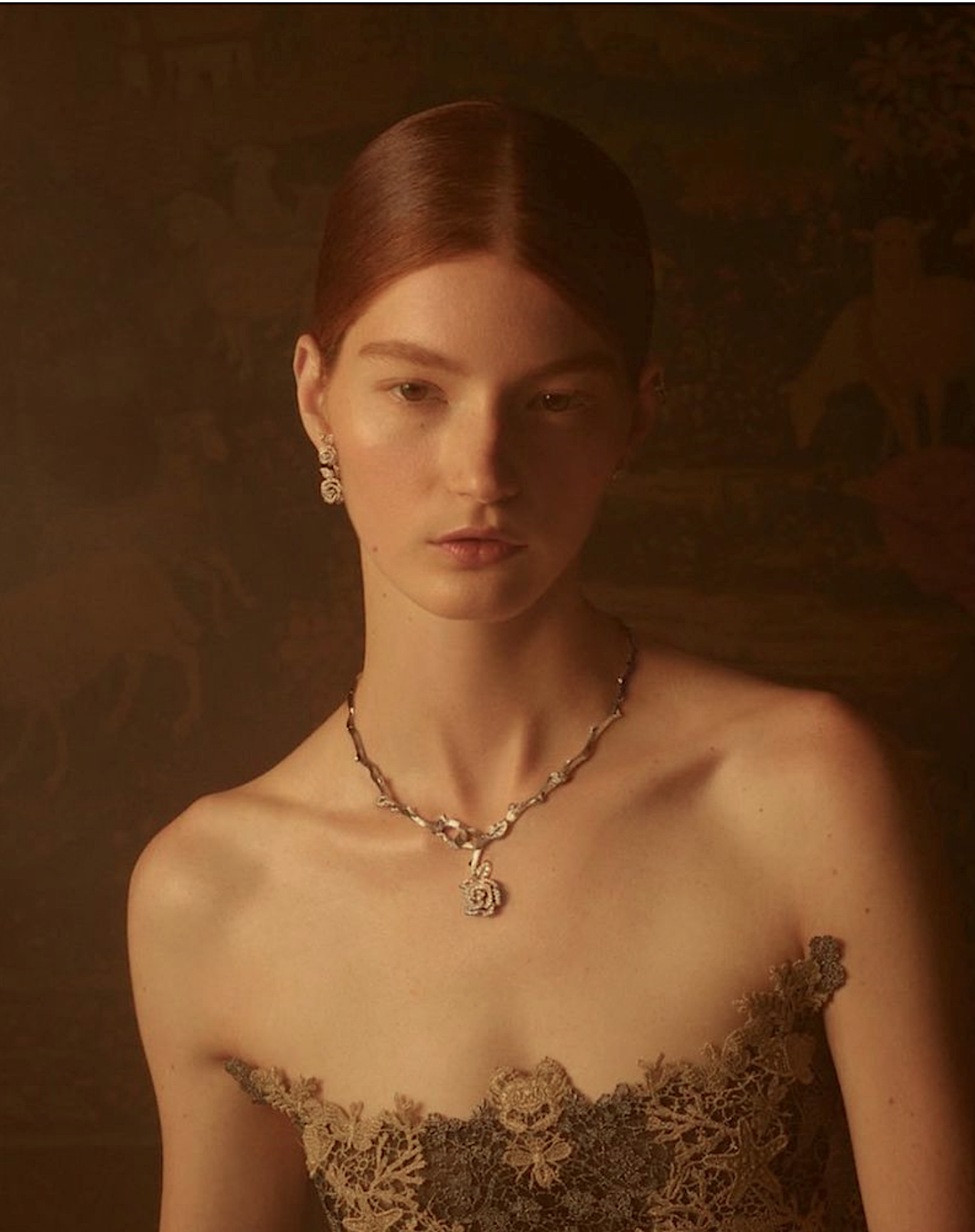Aliah Canillas Wears Palawan Strand Necklace in Vogue Philippines July 2023 Travel Issue
/The Philippines has a long history of pearl farming, cultivating gold-lipped oysters in coastal areas, particularly around Palawan and the Sulu Sea. The industry not only contributes significantly to the country's economy but also provides employment opportunities for many local communities engaged in pearl farming and jewelry production.
Vogue Phillipines dedicates the July 2023 cover story for its travel issue to educating the global ‘us’ about Gold-lipped oysters, scientifically known as Pinctada maxima, a fascinating marine species sustainably cultivated in the Philippines.
Filipino-Arabian model Aliah Canillas takes the cover in these exquisitely-beautiful images lensed by Artu Nepomuceno [IG], with styling by fashion editor Daryl Chang./ Makeup by Janell Capuchino; hair by Mong Amado
The story ‘Golden Child: Charting The Journey of the South Sea Pearl’ is written by Ticia Almazan, with a focus on the company Jewelmer.
Mother Earth Cultivated the First Pearls
It’s important to remember that nature — not humans — created the first pearls. Based on current research, the year was about 330 BC in the magnificent kingdom of Persia, known for its opulent wealth, grandeur and intellectual pursuits.
Deep-sea diving ancient fishermen inadvertently stumbled onto Mother Earth’s treasures of pearls while diving for fish in the Persian Sea.
Pearls are created naturally, when a foreign object, such as a grain of sand or a tiny irritant, finds its way inside the oyster's shell. In response to this intrusion, the oyster secretes layers of nacre, a combination of calcium carbonate and conchiolin, to coat the irritant. Over time, layer upon layer of nacre accumulates, resulting in the formation of a pearl.
2000 Years Later Jewelmer Followed Nature’s Lead
In 1979 French pearl farmer Jacques Branellec co-founded the company Jewelmer with Filipino entrepreneur Manuel Cojuangco. The two partners have always maintained a nature-first mindset in pearl-harvesting, and they remain central to Jewelmer’s day-to-day operations, critical strategic decisions and sustainability practices.
Filipino artisans are trained in the traditional jewelry techniques of the École du Louvre, an institution of higher education in Paris.
Jewelmer founders invested a decade of research to pioneer a non-extractive pearl farming method that has increased the supply of oysters in Filipino waters, rather than draining it. A second decade was devoted to mastering the process of culturing the Pinctada maxima.
These luxurious creatures are renowned for their stunning shells and the lustrous pearls they produce. Their name is derived from their distinctive golden-colored lips, which add to their allure and value.
“So many things can affect whether you will even have a pearl or not,” explains Marion Branellec De Guzman, Jewelmer’s chief marketing officer, and Jacques’ daughter. “So what we always say is that the pearl is the indicator of the health of the environment.”
Native to the warm waters of the Philippines, gold-lipped oysters thrive in pristine and nutrient-rich coastal environments. As filter feeders, they play a crucial role in maintaining the ecological balance of their habitats. These oysters possess a unique ability to extract microscopic particles from the water, filtering out impurities while absorbing nutrients that ultimately contribute to their growth.
Farmers monitor and maintain the water quality, temperature, and the overall health of the oysters. They meticulously introduce and manage the irritants necessary for pearl development, creating an optimal environment for the oysters to thrive and produce high-quality pearls.
What truly sets the gold-lipped oysters apart is their remarkable ability to produce exquisite pearls, so fabulous that only the top two percent of harvested pearls are used in Jewelmer’s signature creations.
The pearls produced by gold-lipped oysters are highly prized for their exceptional beauty, size, and luster. They are renowned for their natural golden or golden-hued colors, which enhance their desirability and luxury appeal. These pearls are sought after by jewelry designers and collectors worldwide, fetching high prices due to their rarity and elegance.
The Palawan Strand
The rarest necklace produced by Jewelmer artisans — the Palawan Strand — is worn by Aliah Canillas on the cover of Vogue Philippines July 2023 issue.
South Sea pearls typically grow to become 10 to 12 mm in size, but all 35 pearls on the Palawan Strand are exceptionally larger at 16 to 18 mm and possess an impeccable surface and round form.
The likelihood of finding any golden pearl that is 18mm in size is about one pearl in a year. Vogue writes that it took 37 years to complete the Palawan Strand necklace, leaving farmers and jewelry makers alike to weep when they first saw it.
True Reverence for Nature
For the second day in a row, Anne of Carversville is struck by the reverance that high jewelry artisans and brands are expressing in their 2023 collections.
Jewelmer — like Louis Vuitton on Sunday — is creating jewelry that honors Mother Earth by acknowledging the complexity of her own processes that represent an original state of perfection.
This point of view is very different than businesses ‘raping’ nature with unethical mining or pearl-harvesting processes, literally decimating global waters and land before moving elsewhere for a new conquest of places and people.
AOC does not mean to engage in any degree of ‘washing’ in this discussion around pearls.
We do see an evolving sustainability mindset, however, among both jewelry brands and many buyers of high jewelry that the larger story behind the jewels can be even more important than their size to many wearers.
Unless your argument is to banish high jewelry from the face of the earth, which is not AOC’s philosophy, there are significant and positive changes happening. We are here to applaud them and be a next stop in telling these more humane evolutionary stories which WE have the power to control by our own decision-making choices. ~ Anne
